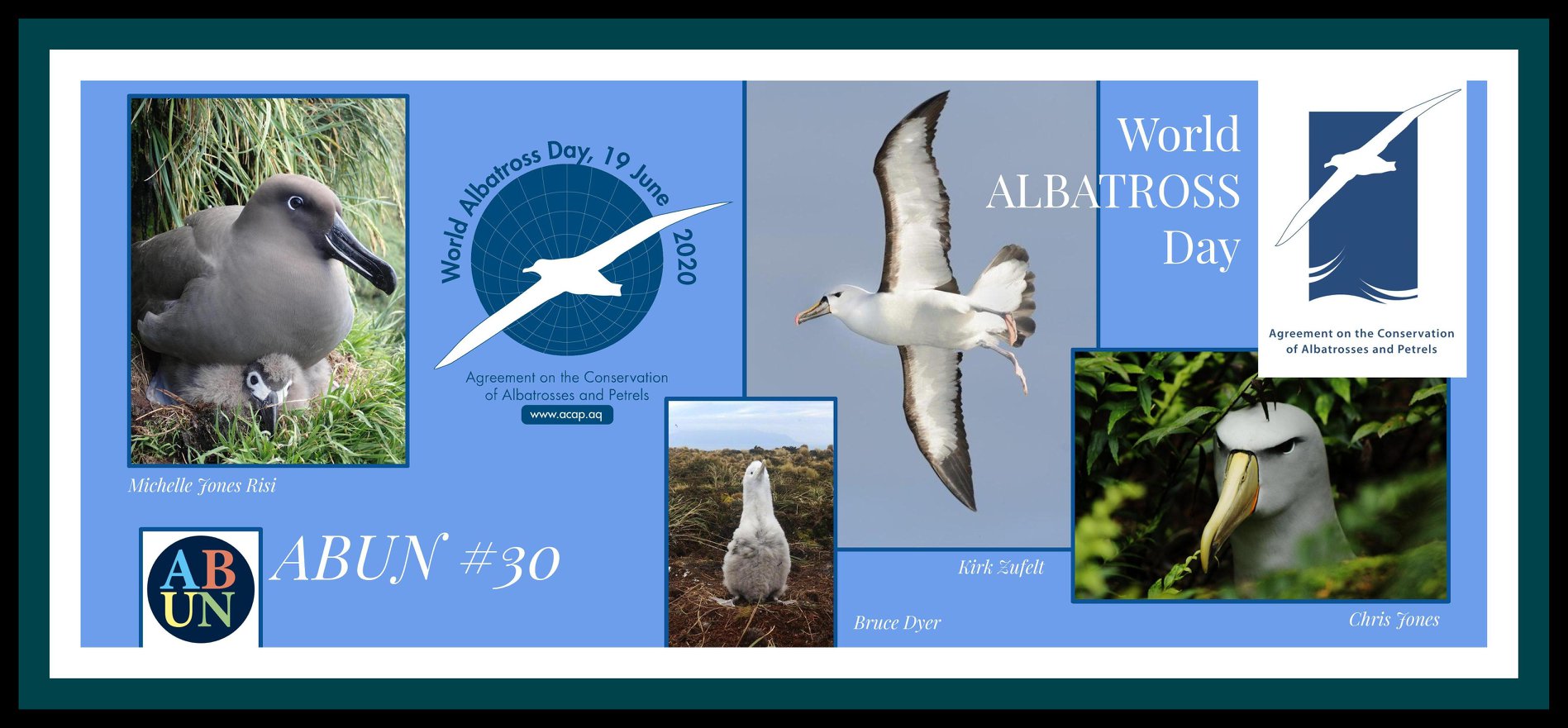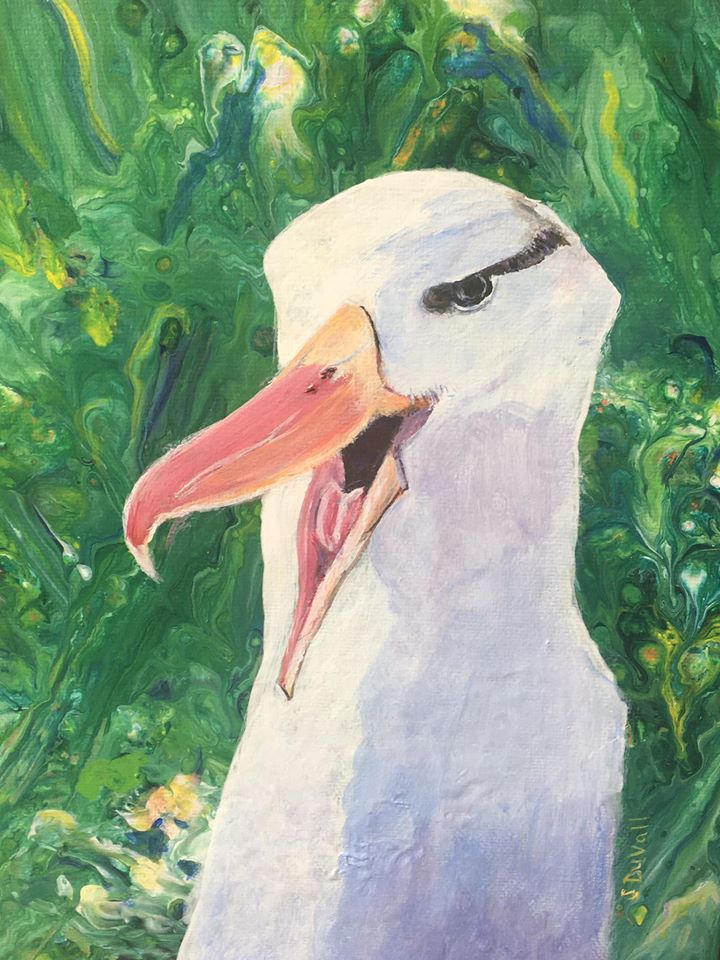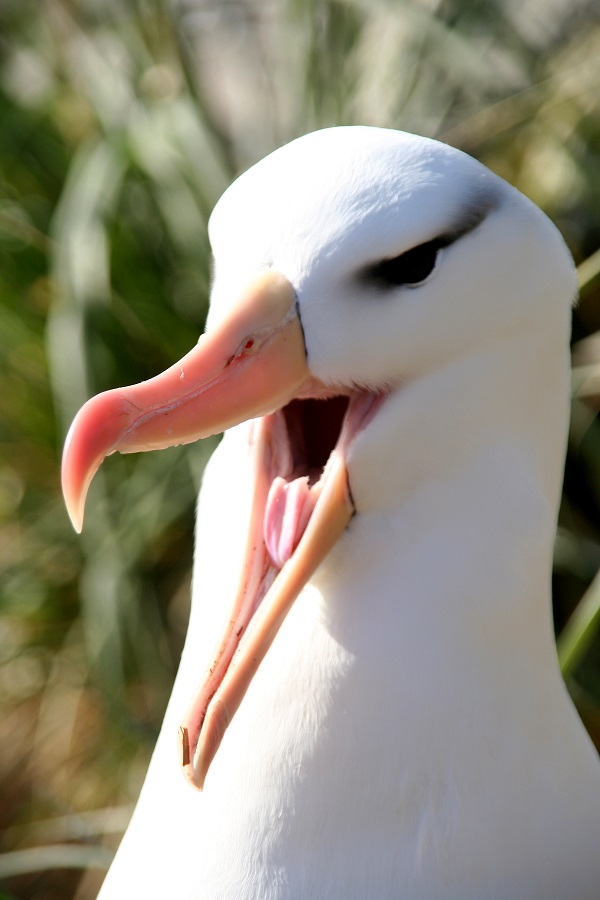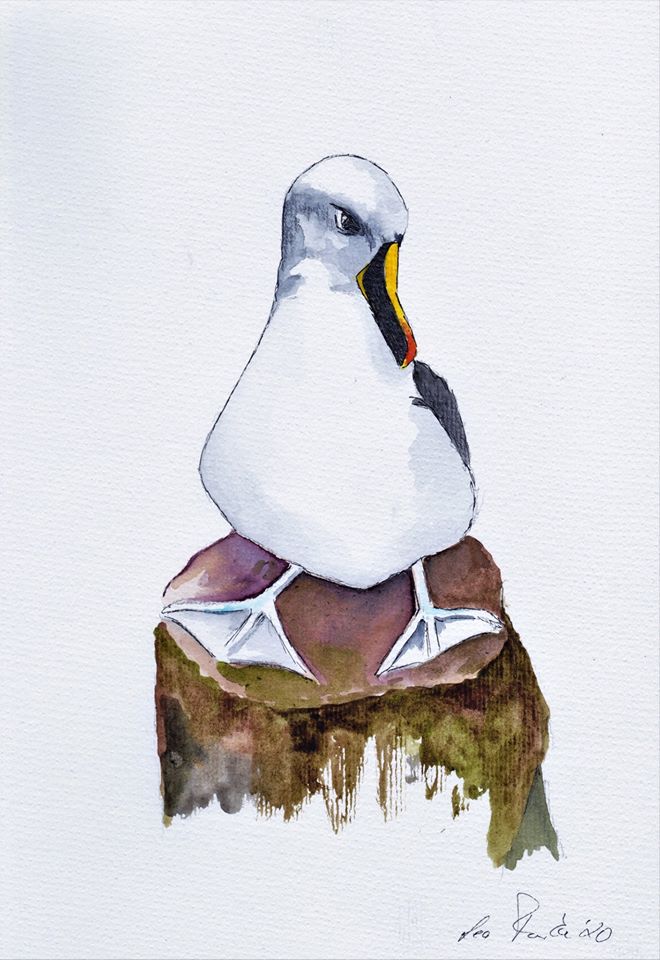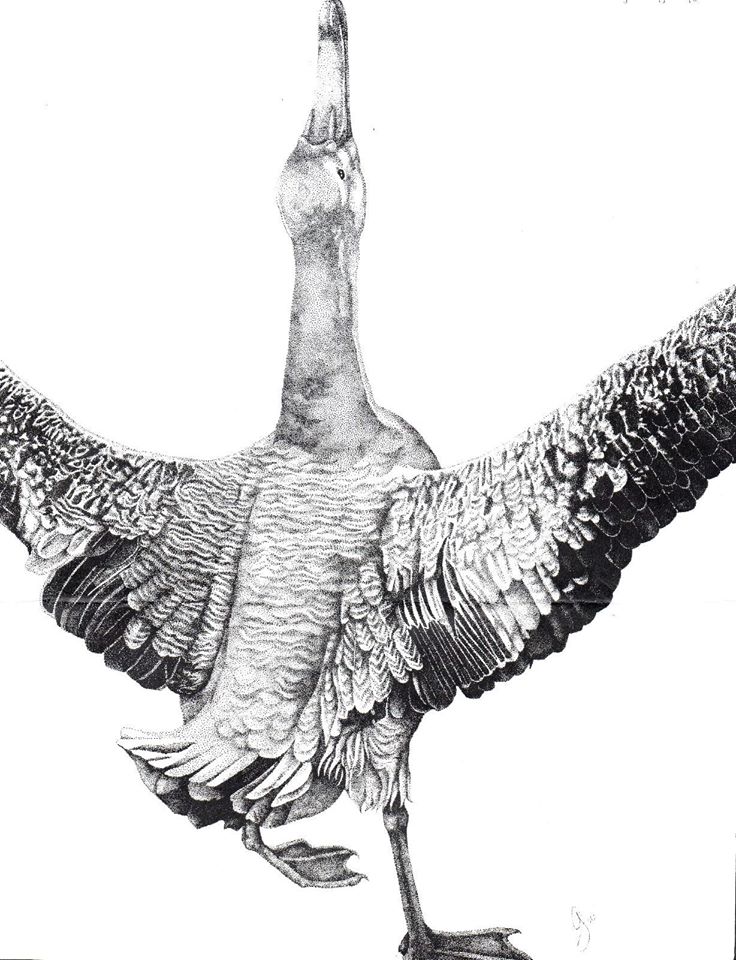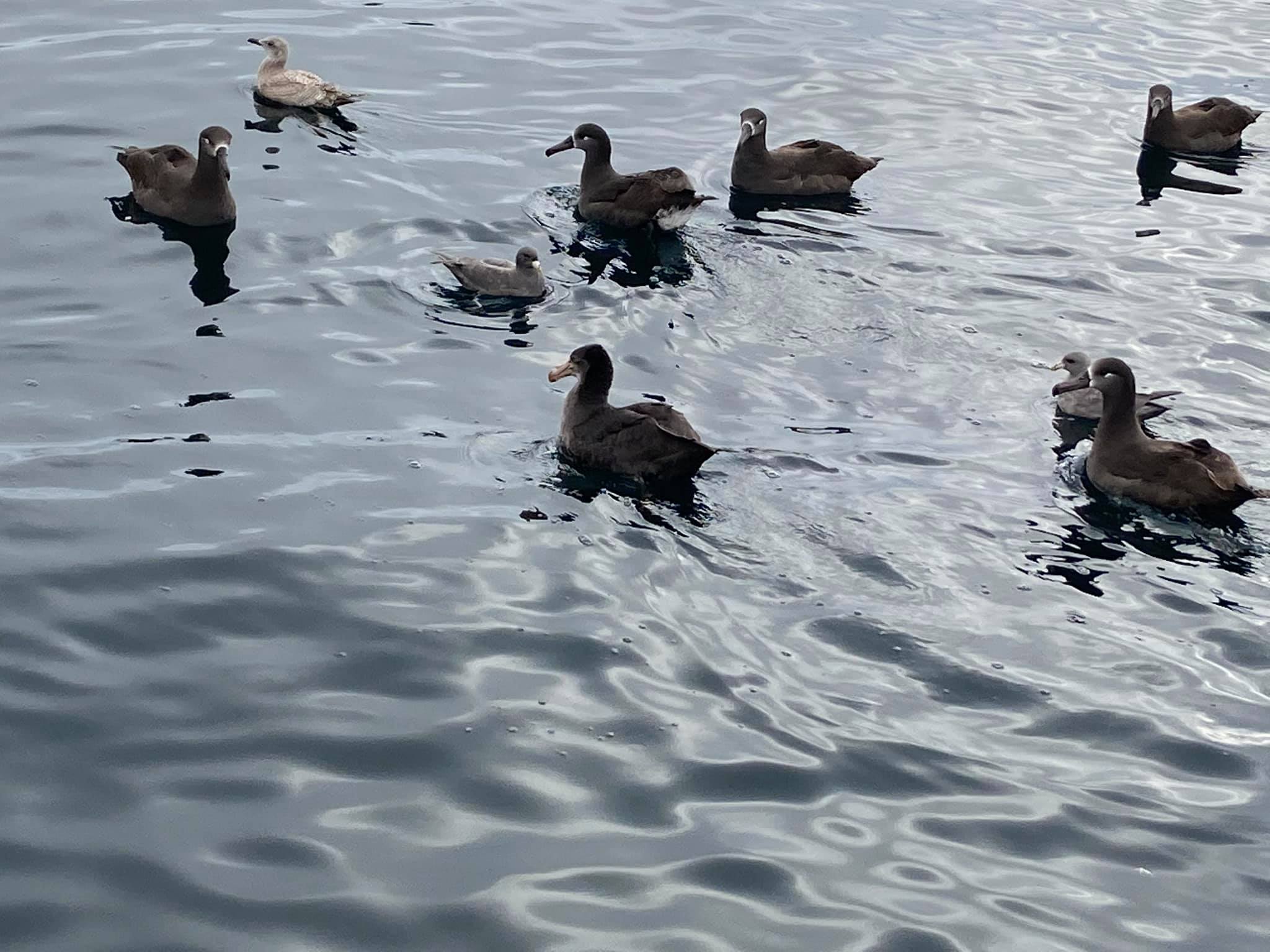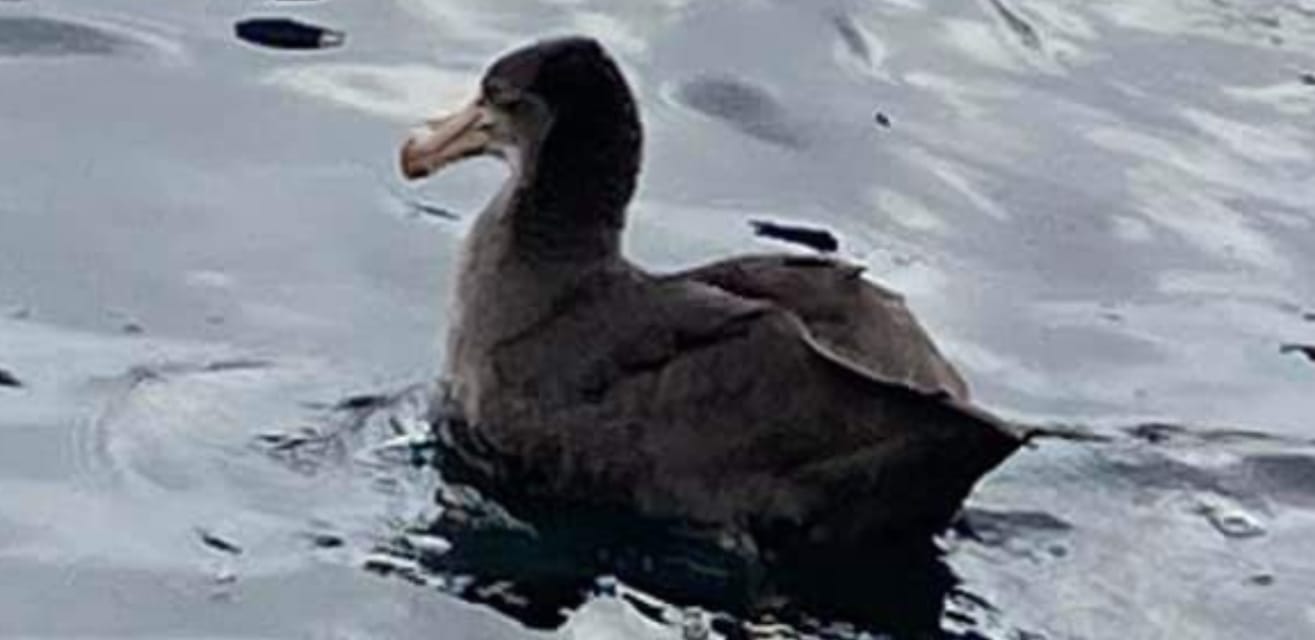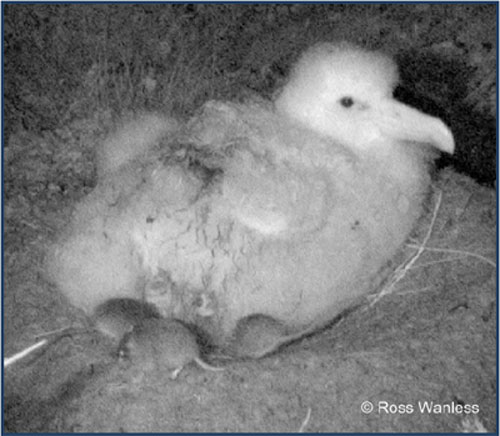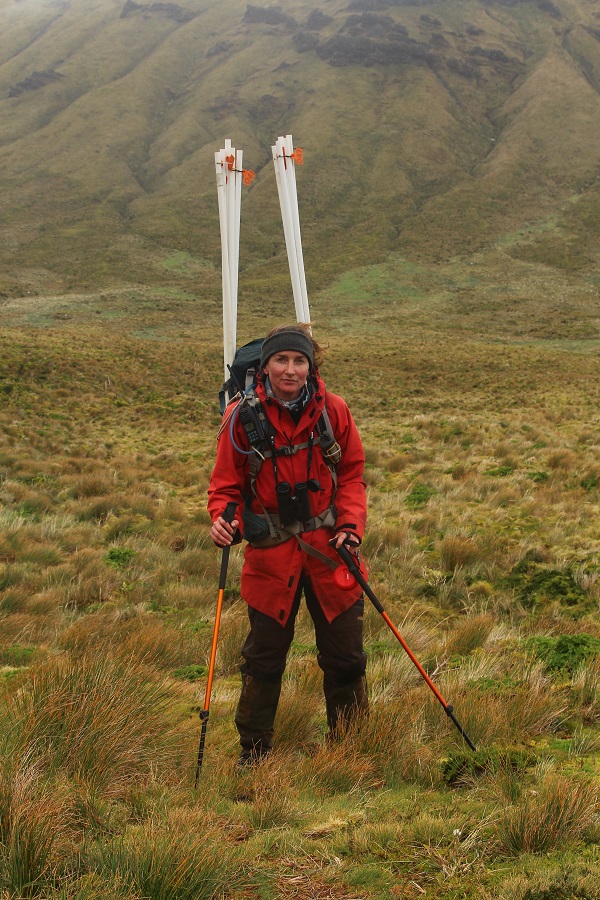Eight years ago I posted an article to ACAP Latest News that commenced:
“In 2000 I visited Midway Atoll in the North Pacific on an excursion after the Second International Conference on the Biology and Conservation of Albatrosses and other Petrels that had been held in Honolulu, Hawaii in May that year. While on the island I was appalled by the many corpses of Laysan Albatross Phoebastria immutabilis chicks strewn around with their body cavities crammed with plastic debris fed to them by their parents, including cigarette lighters, bottle tops, toothbrushes and even toy soldiers and action heroes. This led to my co-authoring a paper on colour selection by North Pacific albatrosses, suggesting that they prefer red, pink and orange cigarette lighters to blue and green ones, presumably mistaking them for edible prey (click here). It is clear that a decade later the problem has not gone away.”



This year I reprised my post to mark World Migratory Bird Day (click here). Two decades after my Midway visit the problem continues as evocatively set out in the freely-distributed film ‘Albatross’ by Chris Jordan, and in his photographs above.
Quite probably most Midway visitors pick up a plastic item or two from one of the many albatross corpses that litter the island to take home to show friends or just to display in their office as a reminder. My own souvenir (left below) was given to me by marine ornithologist Rosemary Gales when I challenged our post-conference party to find action figures. Australian biologist and World Seabird Union Vice-Chair Nicholas Carlile was also with us on Midway and still carefully looks after his own GI Joe find (right below). Some have used their plastic pieces to illustrate talks. More ambitious have been the several mounted displays and artworks created from the gathered plastic lighters, toys and fragments. ACAP Latest News has brought together a few examples of these on the last day of the decade in a reflective mood and in an endeavour to increase awareness of how plastic ingestion continues to affect albatrosses and petrels.
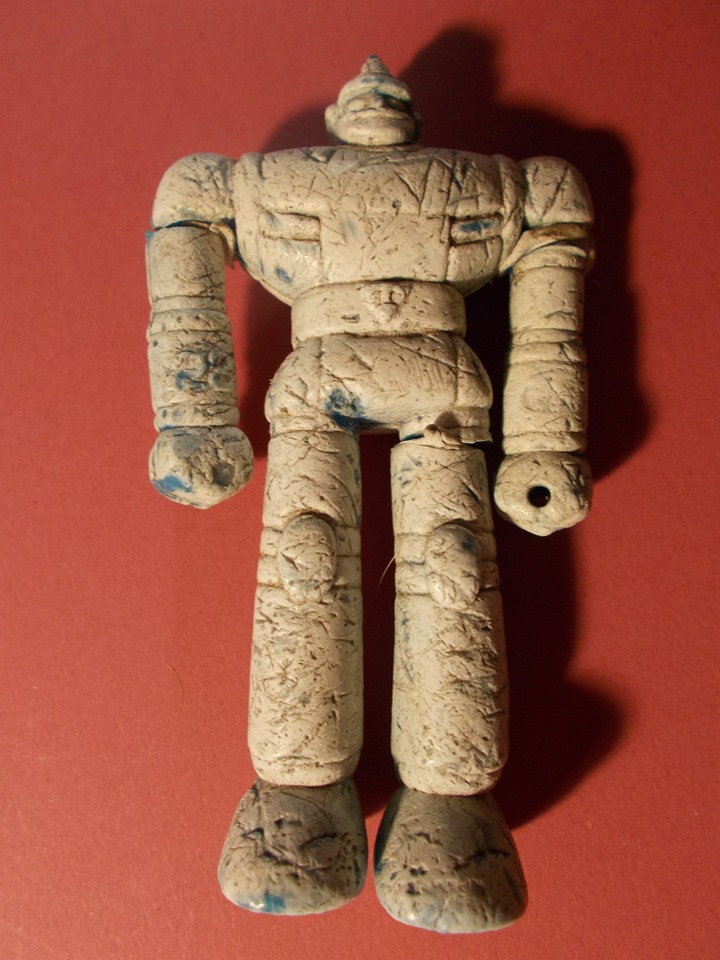

Betty Anne Schreiber, marine ornithologist and the World Seabird Union’s Treasurer, has an early Midway Laysan Albatross collection - carefully displayed - from the 1980s (below left).
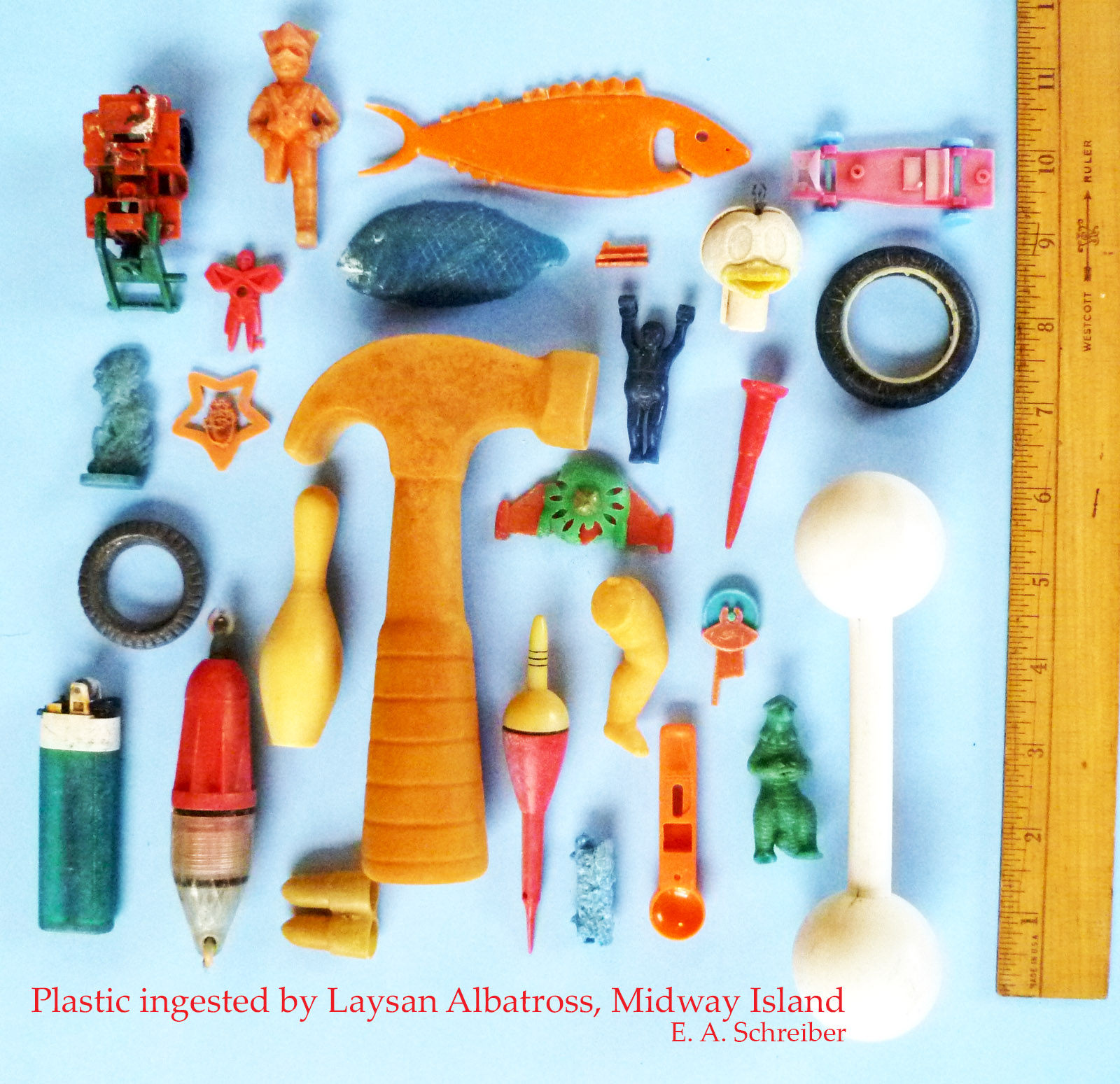

Marine biologist Heidi Auman made her own plastic toy display (above right) from Laysan Albatross corpses on Midway Atoll a decade later from 1993 to 1995. I first met her on the atoll in 2000 when I obtained my own action figure. Influenced by the levels of pollution on the island she later wrote ‘Garbage Guts’ for children (see the ALN review). Included with her collection is a syringe: seemingly Laysan Albatrosses are not fussy what they swallow, more’s the pity.
Jan van Franeker, senior scientist at Wageningen Marine Research in the Netherlands, who studies plastic pollution in North Atlantic seabirds, writes: “Images say more than words. I pulled toothbrushes, tampon-holders, combs, lighters and lots of other stuff out of the ribcages of a few decayed corpses of Laysan Albatross chicks on Midway Atoll in 2000. Whenever I give a presentation on the problems of marine plastic litter for tube-nosed seabirds, I carry this small collection [below] with me. It is one of the stories that needs to be told.”
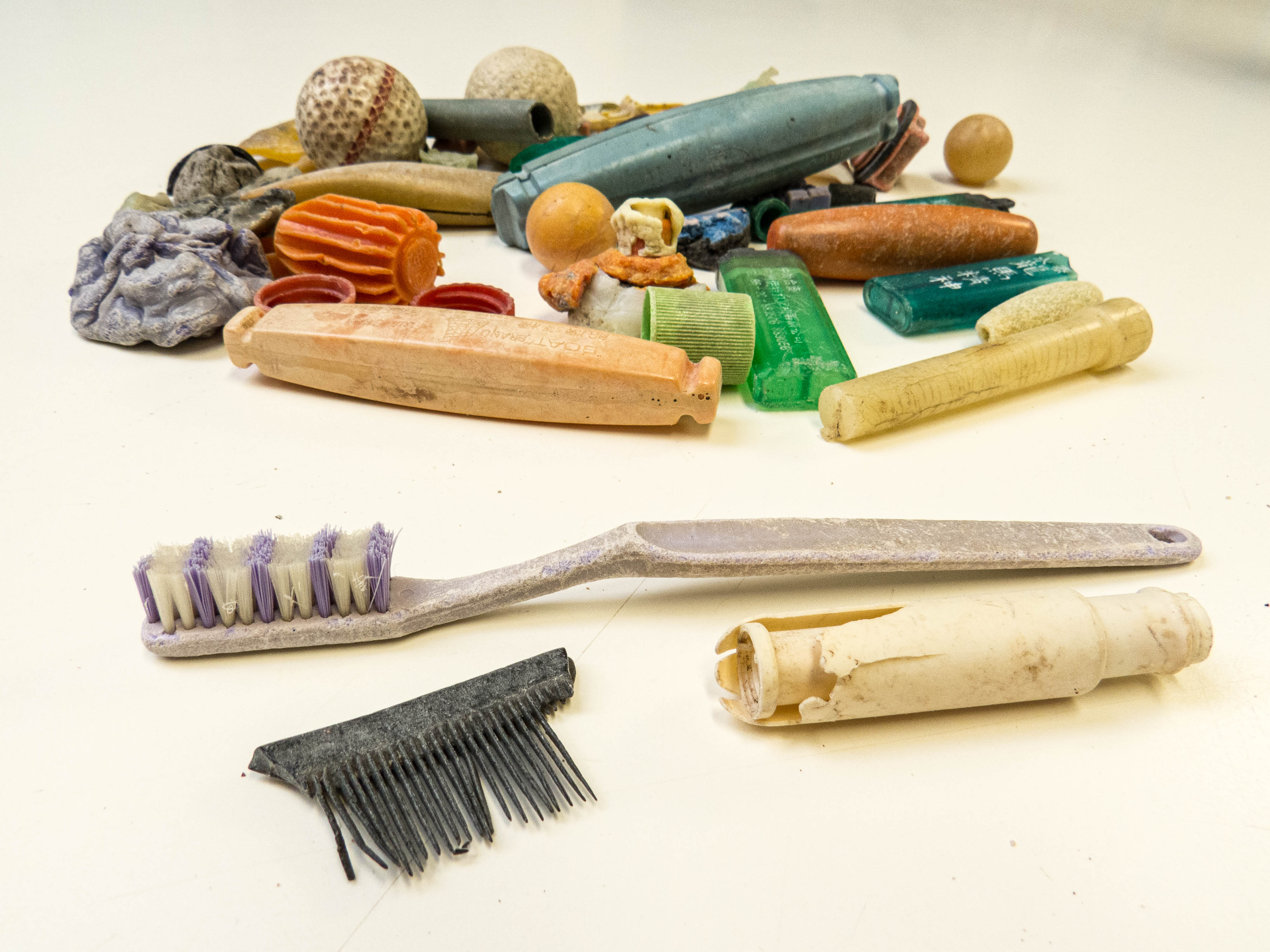
Sheldon Plentovich, U.S. Fish & Wildlife Service’s Pacific Islands Coastal Program Coordinator has her own story: “In 2007 I worked on Kure Atoll for several months. I camped there and one of the Laysan Albatross chicks living nearby thought I was interesting. She would investigate all my belongings and come inside and make herself at home when I unzipped the door. About a month before the bird was going to fledge, she started looking sick and eventually died. This is a mural of the contents of her stomach. There is a Hello Kitty doll in the middle.”
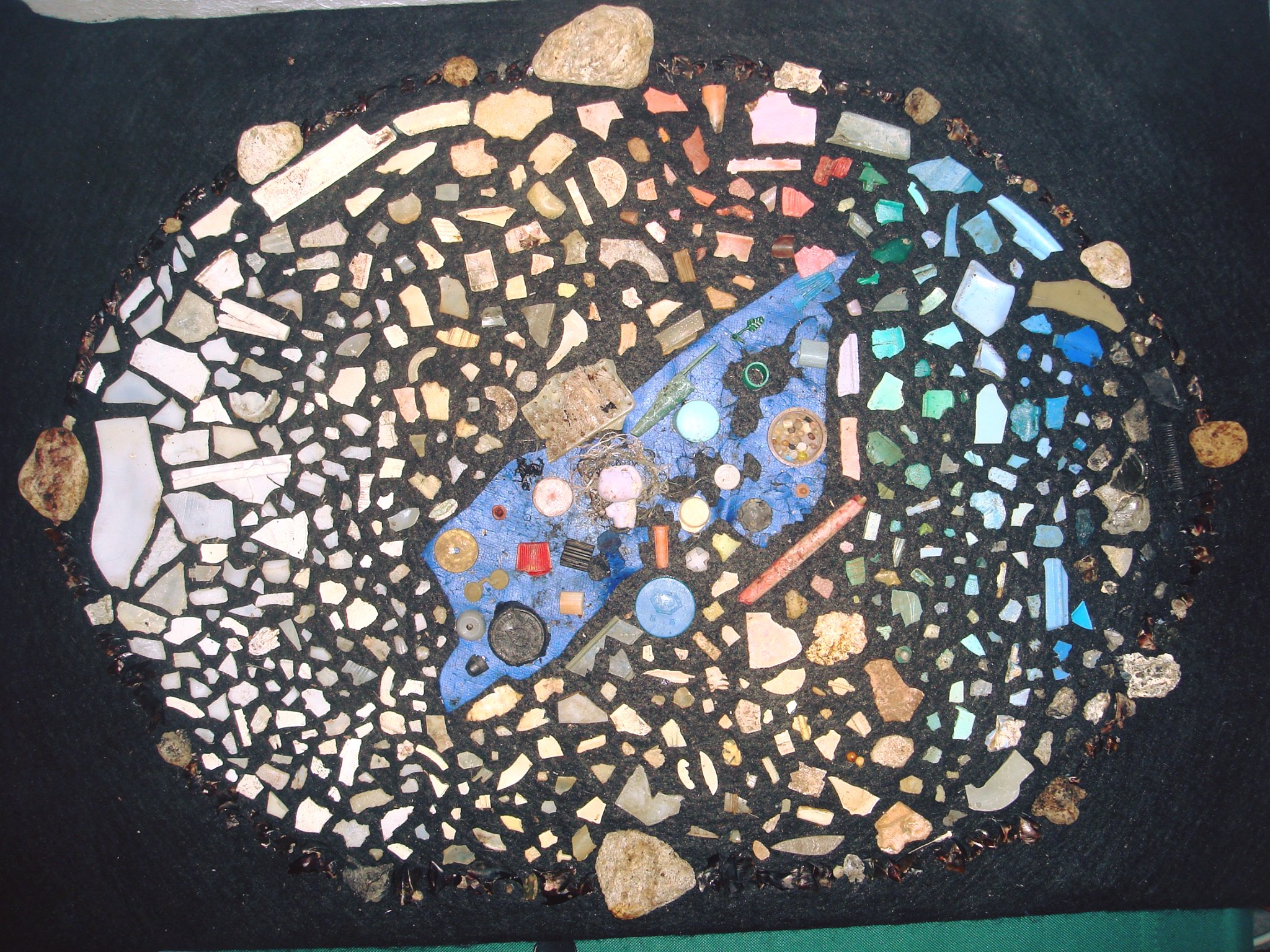
Jennifer Urmstom, MS student in Marine Science at the Hawai'i Pacific University, has used her plastic collection to depict a Laysan Albatross (below).

Hawaiian-based marine biologist, volunteer nurse, sailor, author, columnist (read her 14 December column on mooning next to albatrosses) and artist Sue Scott has created mosaics she calls “The Lighter Side of Albatrosses”. She describes her work: “I found all the pieces in albatross colonies and on beaches. The plastic survived wind, waves and tropical sun. Barnacles attach to it, crabs float on it, bryozoans encrust it, sharks bite it, and seabirds swallow it, perhaps because flying fish lay eggs on it. After all this, the colors stay vivid (I clean the pieces, but don't paint them) and the plastic holds its shape. My albatross images represent the positive in seabird survival, beach clean-ups and recycling. I don't sell my art. It belongs to the albatrosses. They find the lighters.” Her piece below made out of plastic cigarette lighters is entitled "Flotsam in Flight".
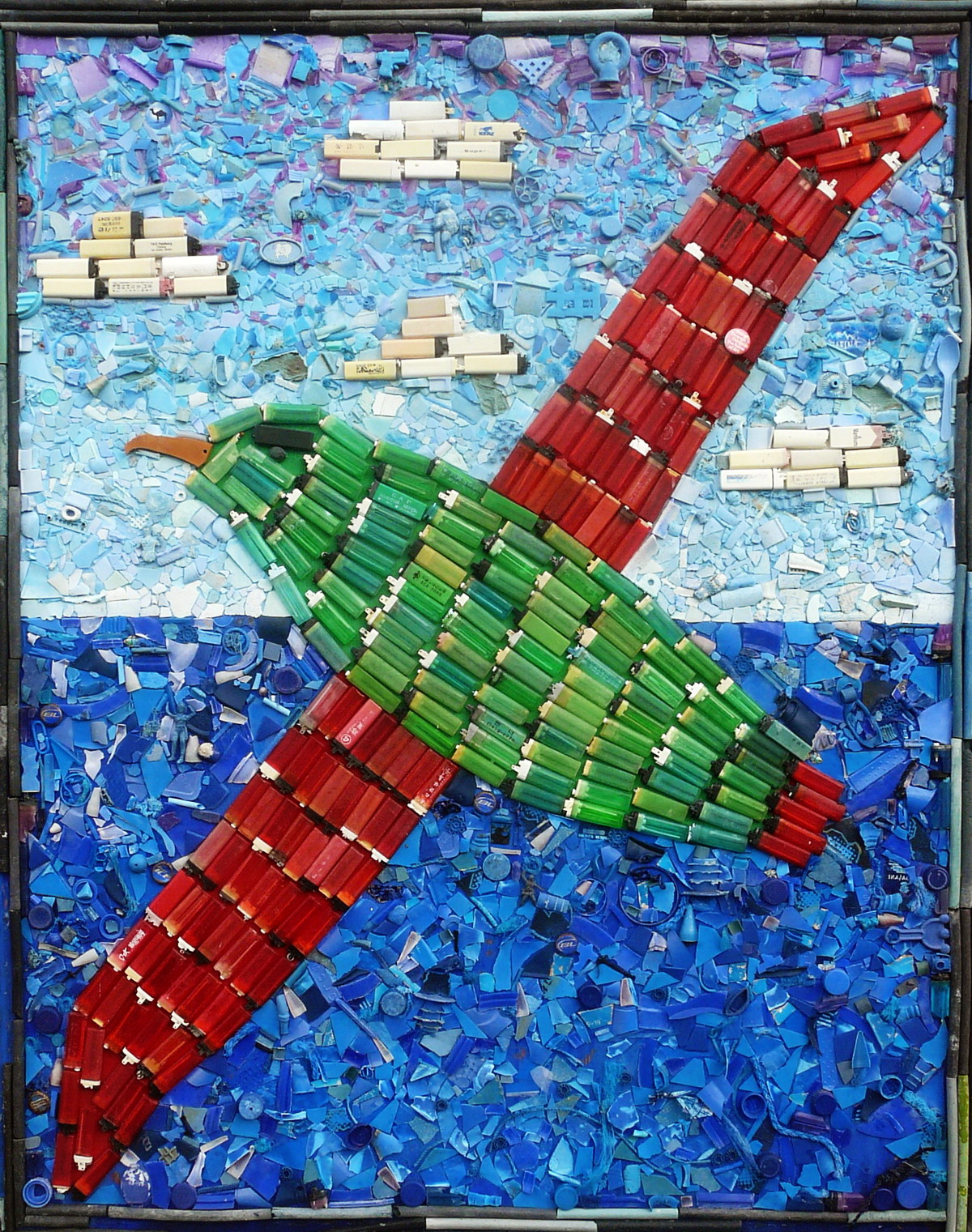
It seems that reduction at source is the only way the problem of albatrosses ingesting plastic items is going to be solved. Not an easy task!
With thanks to Heidi Auman, Nicholas Carlile, Rosemary Gales, Sheldon Plentovich, Susan Scott, Betty Anne Schreiber, Jennifer Urmstom and Jan van Franeker.
Reference:
Cooper, J. Auman, H.J. & Klavitter, J. 2004. Do the albatrosses of Midway Atoll select cigarette lighters by color? Pacific Seabirds 31: 2-4.
John Cooper, ACAP Information Officer, 31 December 2019


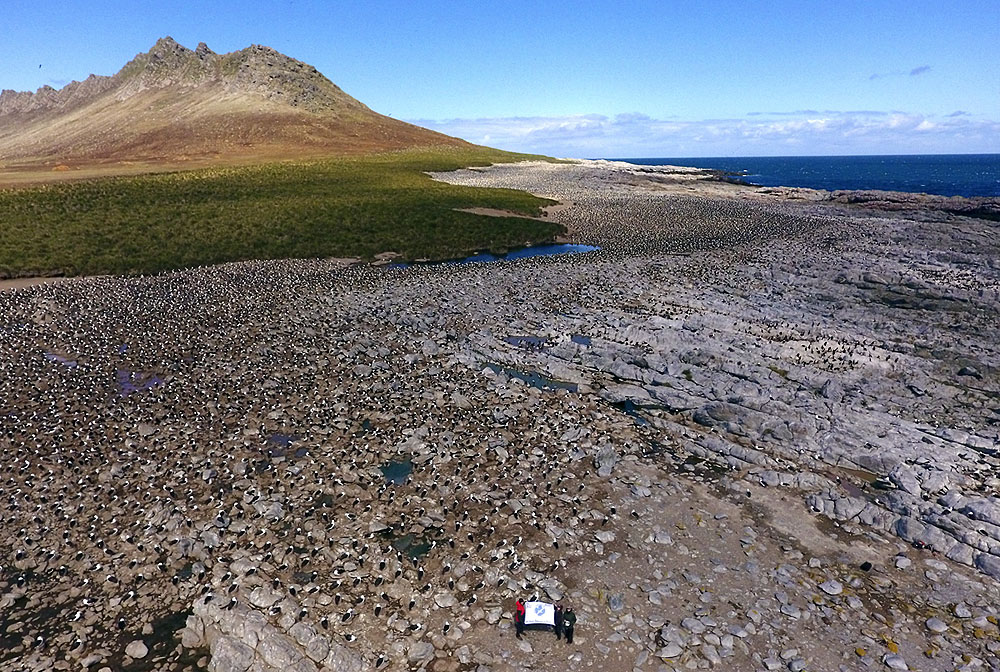
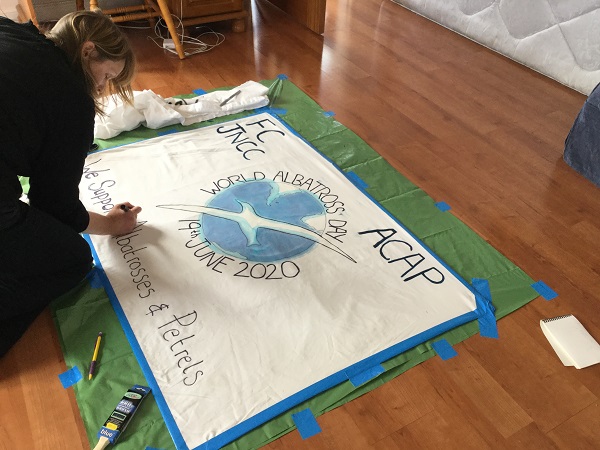

 English
English  Français
Français  Español
Español 